In the heart of Vietnam lies a remarkable historical treasure – the Cu Chi Tunnels. These tunnels, with their intricate layout and ingenious design, played a pivotal role in the Vietnam War. In this comprehensive guide, we will delve deep into the Cu Chi tunnels diagram, shedding light on their historical significance, construction, and hidden features.
Introduction
The Cu Chi Tunnels in Vietnam are more than just a piece of history; they are a testament to human ingenuity and resilience. This underground network, stretching over 250 kilometers, served as a lifeline for the Viet Cong during the Vietnam War. In this article, we will embark on a journey through the Cu Chi tunnels diagram, exploring their purpose, construction, and the remarkable stories that surround them.
Cu Chi Tunnels Diagram: Unveiling the Blueprint
Let’s begin our exploration by dissecting the Cu Chi tunnels diagram itself. This intricate blueprint provides insights into the structure and organization of the tunnels.
The Cu Chi Tunnels diagram reveals a web of underground passageways, meticulously designed with specific purposes in mind. Here are some key elements you’ll find in the diagram:
1. Tunnel Entrances
The diagram showcases multiple tunnel entrances strategically concealed beneath the lush Vietnamese landscape. These entrances were camouflaged to appear as termite mounds, making them nearly invisible to the enemy.
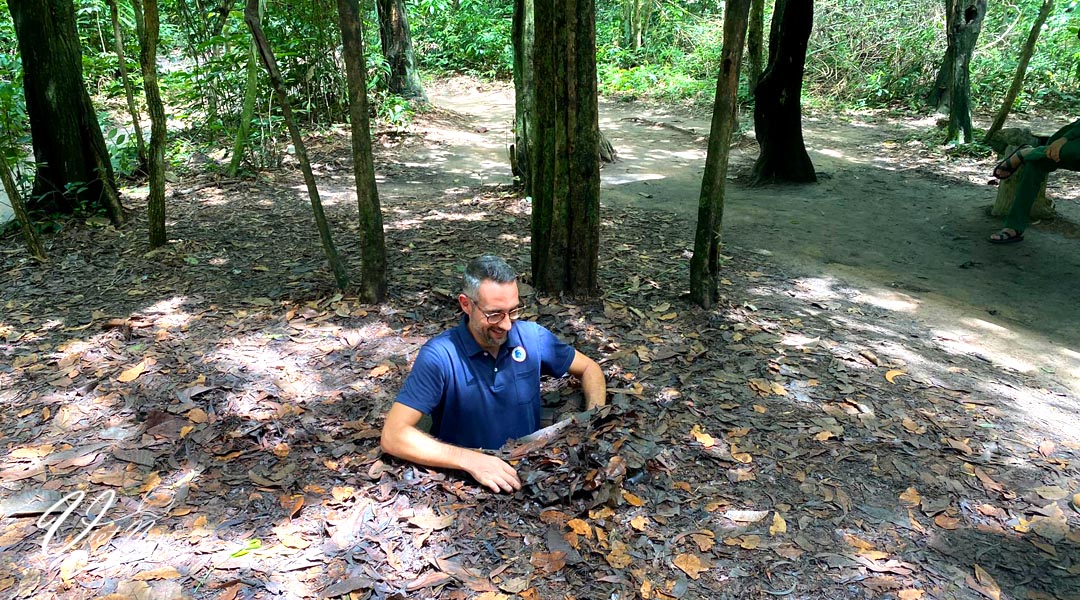
2. Main Tunnels
The central arteries of the tunnel system are clearly marked on the diagram. These main tunnels allowed for the movement of troops and supplies and often featured storage areas for weapons and food.
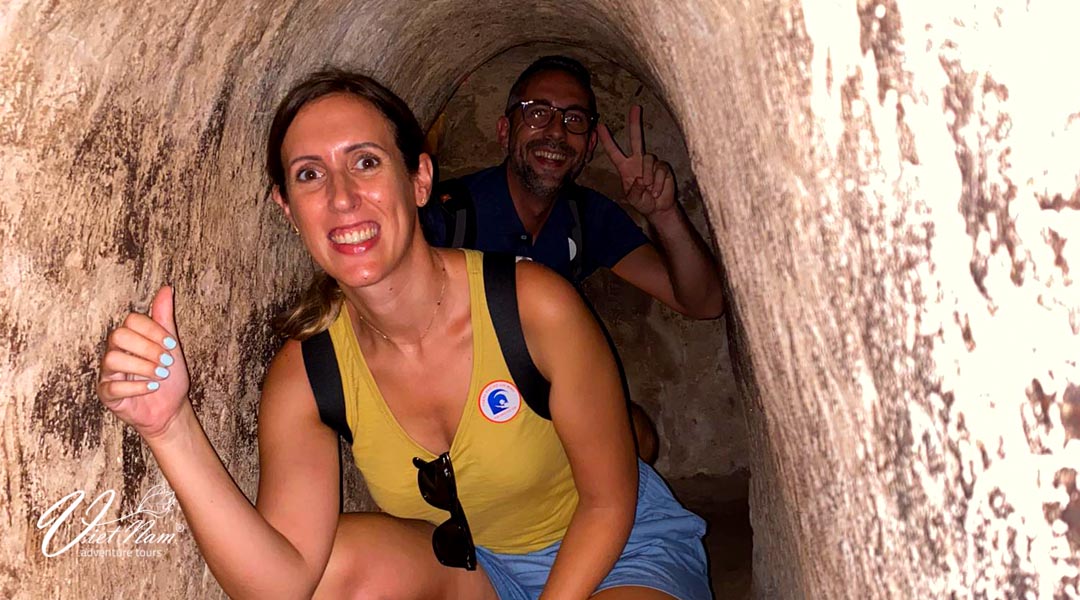
3. Secondary Tunnels
Branching off from the main tunnels are secondary passages, which served as escape routes and hideouts. These secondary tunnels played a crucial role in evading enemy detection.

4. Traps and Defensive Mechanisms
The Cu Chi Tunnels were ingeniously equipped with traps and defensive mechanisms, illustrated in detail on the diagram. These traps included bamboo spikes, punji sticks, and tripwires, creating a deadly maze for any intruders.
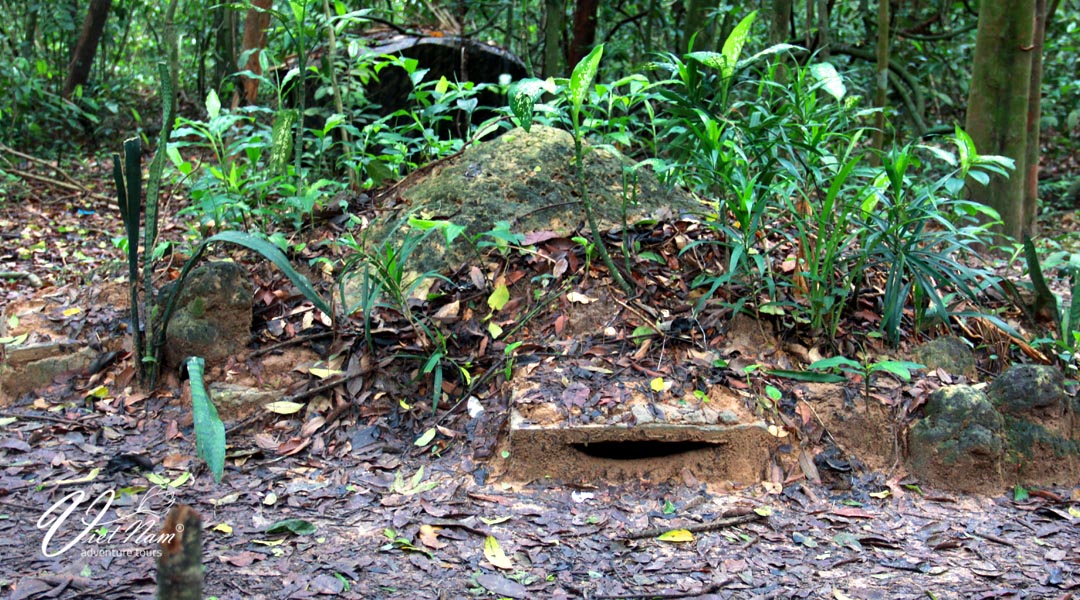
5. Living Quarters
Even underground, life thrived in the Cu Chi Tunnels. The diagram highlights living quarters where Viet Cong soldiers resided, complete with kitchens, sleeping areas, and medical stations.
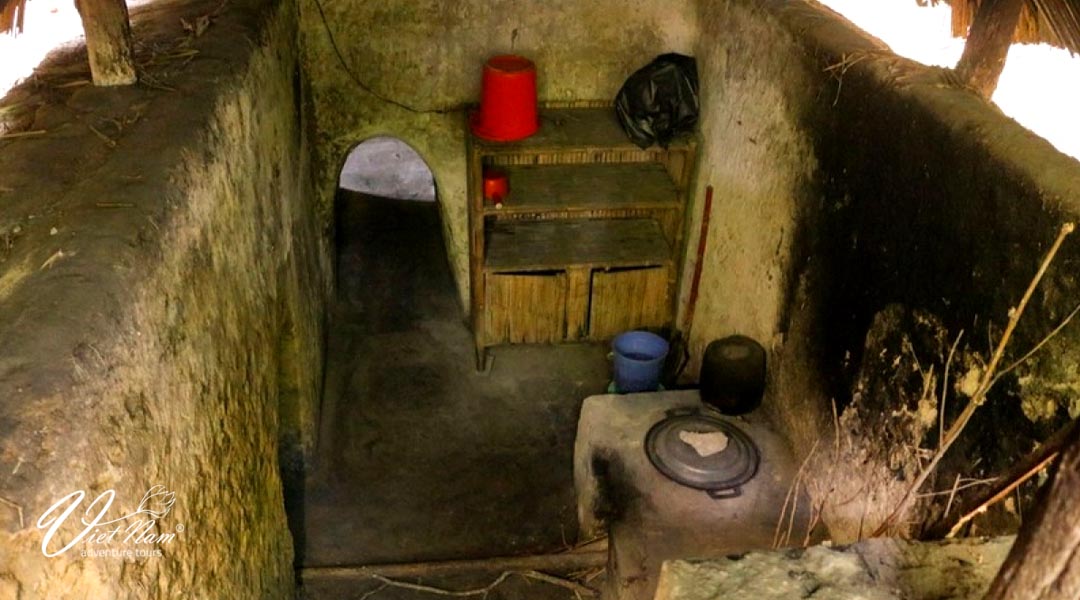
6. Ventilation and Air Shafts
To sustain life below ground, the tunnels featured ventilation and air shafts. These were crucial for providing fresh air and preventing suffocation in the cramped spaces.
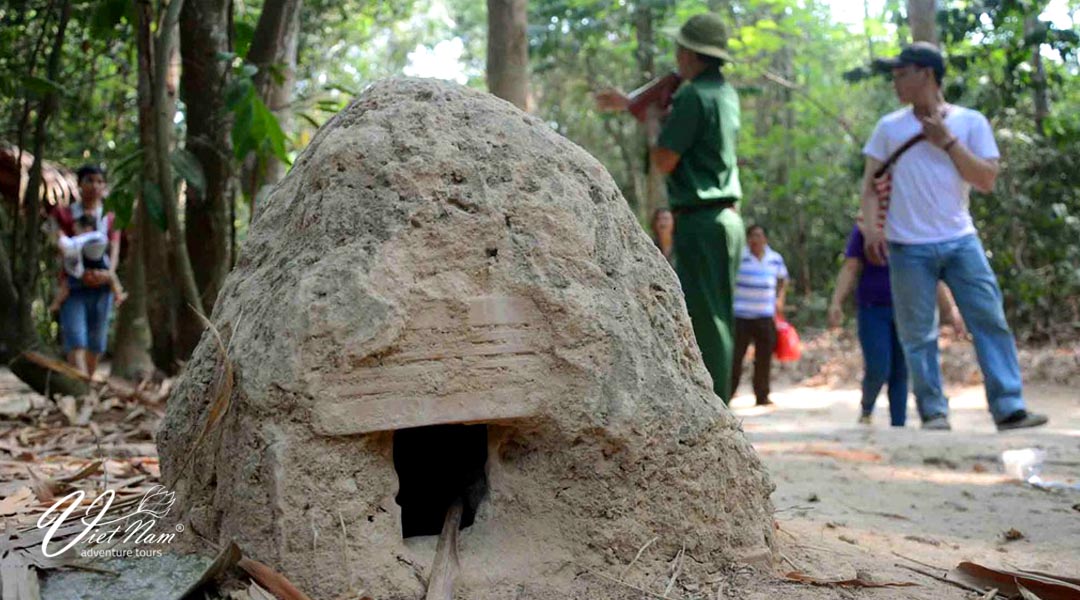
The Historical Significance of Cu Chi Tunnels
Beyond their architectural marvel, the Cu Chi Tunnels hold immense historical significance. They were the epicenter of numerous military operations during the Vietnam War. Let’s explore their historical relevance:
A Symbol of Resistance
The Cu Chi Tunnels symbolize the unwavering spirit of the Vietnamese people in their fight against foreign invaders. They became a powerful emblem of resistance and determination.
Guerrilla Warfare Hub
The tunnels were the headquarters for Viet Cong guerrilla warfare operations. From here, they launched surprise attacks on American and South Vietnamese forces, then vanished back into the underground labyrinth.
Humanitarian Efforts
In addition to combat operations, the Cu Chi Tunnels served humanitarian purposes. They provided shelter and safety for villagers during bombings and attacks.
Cu Chi Tunnels Diagram: My Personal Encounter
Having explored the tunnels myself, I can attest to the awe-inspiring experience they offer. Descending into the underground world of Cu Chi is like stepping back in time. The cool, damp air, the narrow passageways, and the sense of history are palpable.
During my visit, I had the privilege of examining a replica of the Cu Chi Tunnels diagram. It brought to life the ingenious design and strategic brilliance of the tunnel system. Walking through the cramped tunnels gave me a profound appreciation for the resilience of the people who lived and fought here.
FAQs
What is the Cu Chi Tunnels Diagram?
The Cu Chi Tunnels Diagram is a blueprint that illustrates the intricate layout of the Cu Chi Tunnels in Vietnam. It details the network of underground passages, entrances, traps, and various chambers within the tunnels.
How were the Cu Chi Tunnels Constructed?
The tunnels were primarily constructed using rudimentary tools like shovels and pickaxes. The soil excavated from the tunnels was often used to create hidden tunnel entrances and camouflage.
Were the Cu Chi Tunnels Effective in the Vietnam War?
Yes, the Cu Chi Tunnels played a crucial role in the Vietnam War. They served as a base for guerrilla warfare, allowing the Viet Cong to strike swiftly and disappear underground, confounding their enemies.
Can Visitors Explore the Cu Chi Tunnels?
Yes, many parts of the Cu Chi Tunnels are open to tourists. Visitors can explore sections of the tunnels, learn about their history, and gain insight into the conditions faced by the soldiers who lived and fought within them.
Are the Cu Chi Tunnels a UNESCO World Heritage Site?
No, the Cu Chi Tunnels are not a UNESCO World Heritage Site, but they are recognized as a National Historical Site by the Vietnamese government.
What Can Visitors Learn from the Cu Chi Tunnels?
Visitors to the Cu Chi Tunnels can learn about the history of the Vietnam War, the resilience of the Vietnamese people, and the innovative tactics employed by the Viet Cong.
Conclusion
The Cu Chi Tunnels diagram is a window into a remarkable chapter of history. It unveils the intricate design of these underground passages, showcasing the resilience and ingenuity of the people who built and inhabited them. Visiting the Cu Chi Tunnels offers a unique opportunity to step into the shoes of those who lived through the Vietnam War and to appreciate their enduring spirit.
As you plan your visit to these historic tunnels, remember to take the time to study the Cu Chi Tunnels diagram, for it holds the secrets to a world hidden beneath the earth’s surface – a world of courage, sacrifice, and unwavering determination.

 Mr.Jun
Mr.Jun